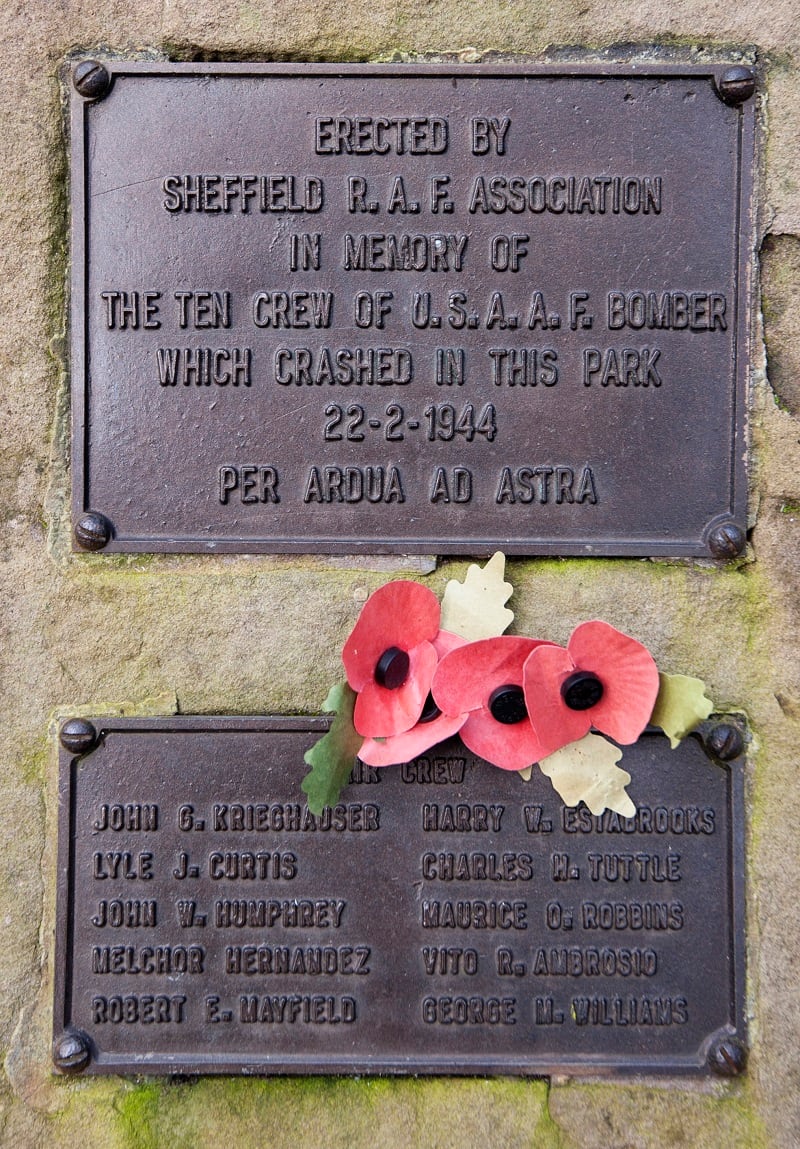SHEFFIELD, England — U.S. and Royal Air Force warplanes roared over the English city of Sheffield Friday to honor 10 American airmen who sacrificed their lives to save British children playing in a park beneath their crippled bomber during World War II.
The fly-past brought tears to the eyes of 82-year-old Tony Foulds, for he was one of those children at that park.
RELATED
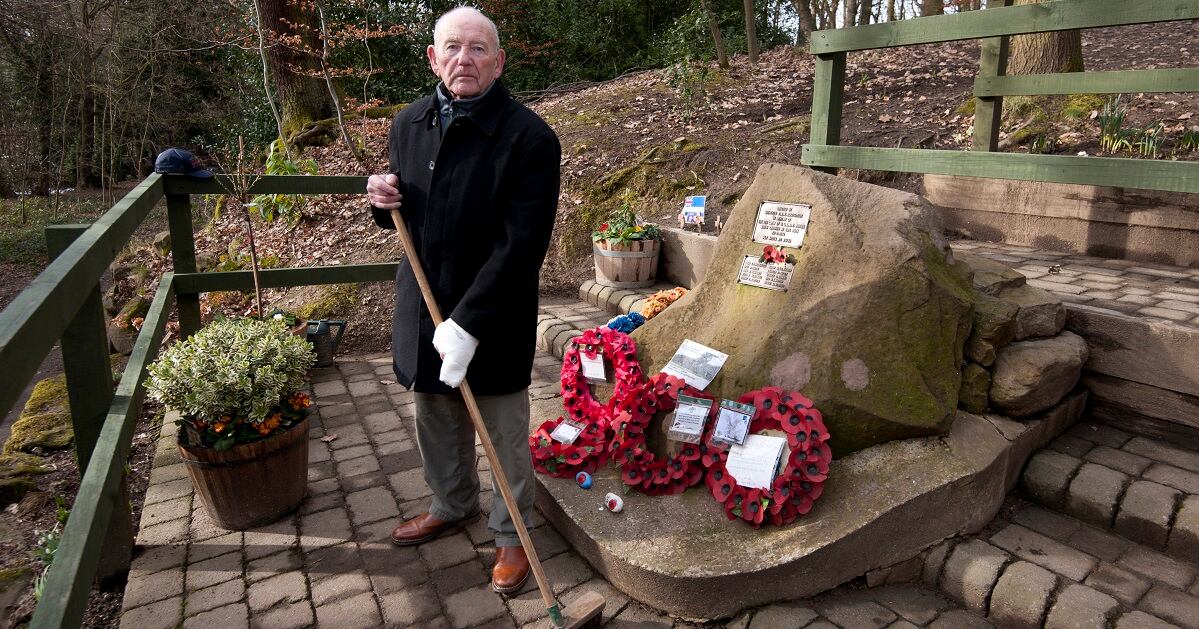
The spectacle over Sheffield’s Endcliffe Park was the culmination of decades of lobbying by Foulds, who wanted an aerial display befitting the young fliers who died that day. As thousands of spectators watched from the park below and the BBC broadcast live on its morning news program, the climax came when four U.S. fighters passed overhead, with one veering skyward in the missing man formation to honor the fallen.
F-15 Strike Eagles and a Typhoon from RAF Lakenheath and RAF Mildenhall also flew over the Cambridge American Cemetery, in Coton, just outside Cambridge, where three of the airmen are interred.
"That was worth waiting 66 years for," Foulds said as he dabbed his eyes with a wadded tissue and recalled the dream he'd had since he was 17.
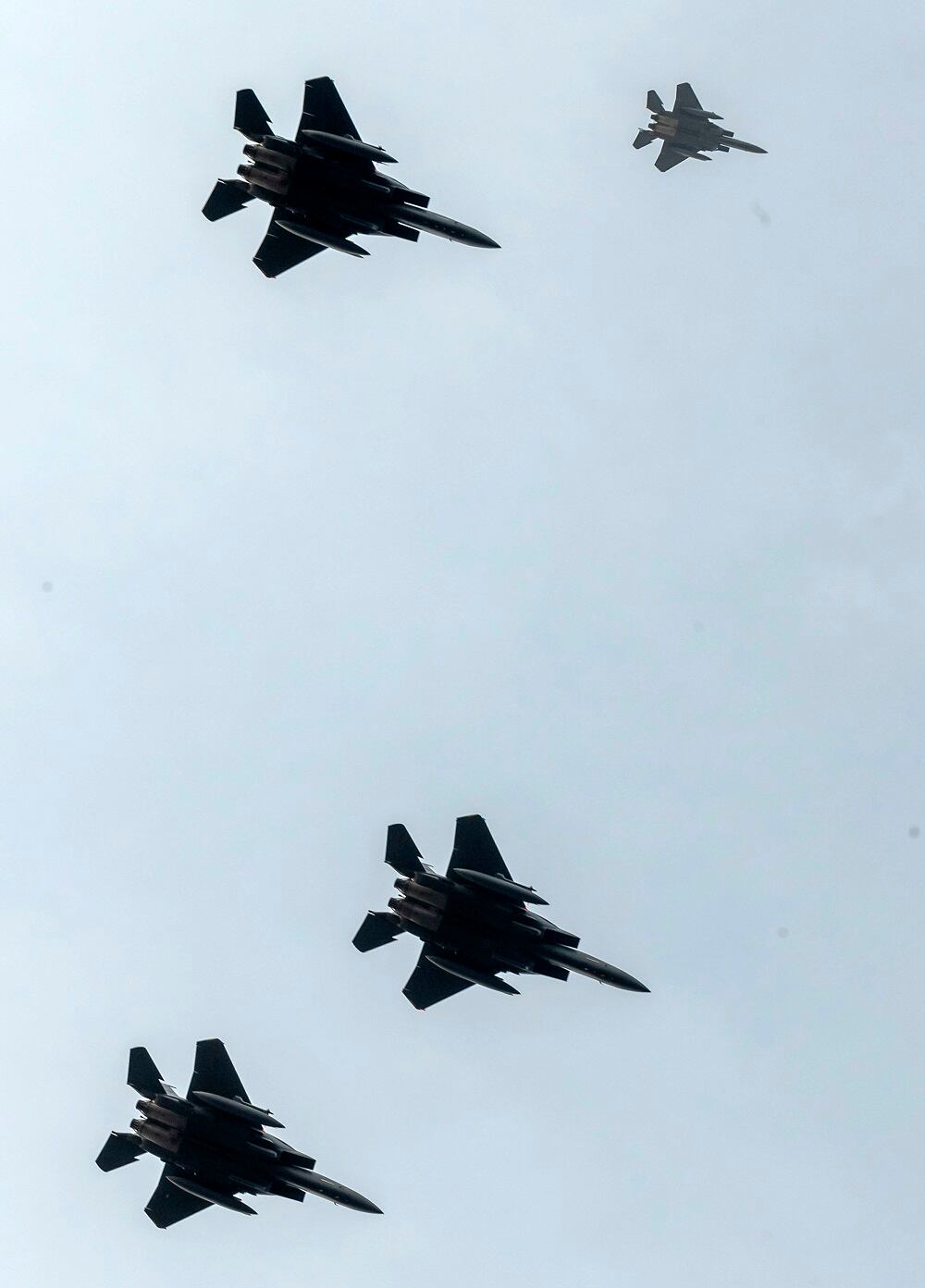
The crowd burst into a cheer of “Hip, hip hooray!” for Foulds, who has tended a nearby memorial for the airmen for decades, wracked with guilt because he believed he was responsible for the deaths of Lt. John G. Kriegshauser and the crew of the B-17G Flying Fortress nicknamed “Mi Amigo.”
Kriegshauser, a 23-year-old pilot from St. Louis, Missouri, was on his 15th mission on Feb. 22, 1944, when Mi Amigo was hit by enemy fire during a daylight raid on the Aalborg airfield in occupied Denmark, a key fighter base that protected Germany from Allied bombers. The crew nursed the damaged plane back across the North Sea, trying to reach their base in Chelveston, England.

But the weather was poor, and when the plane broke through the clouds it was over Sheffield, 80 miles northwest.
Tony was almost 8 years old that day and had joined a group of children in Endcliffe Park, an oasis of green surrounded on three sides by terraced houses and dense woodland on the other.
After five years of war, including German attacks on Sheffield's steel and armaments plants, the boys were accustomed to hearing planes. But the sound of this aircraft wasn't right.
The plane circled over the stretch of green and one of the airmen waved his arms at the kids. They waved back, thinking he was being friendly. Years later, Tony realized he was trying to get them to clear the field.
"No one will ever tell me any different: I killed these lads," Foulds told The Associated Press. "And that will always stay with me."
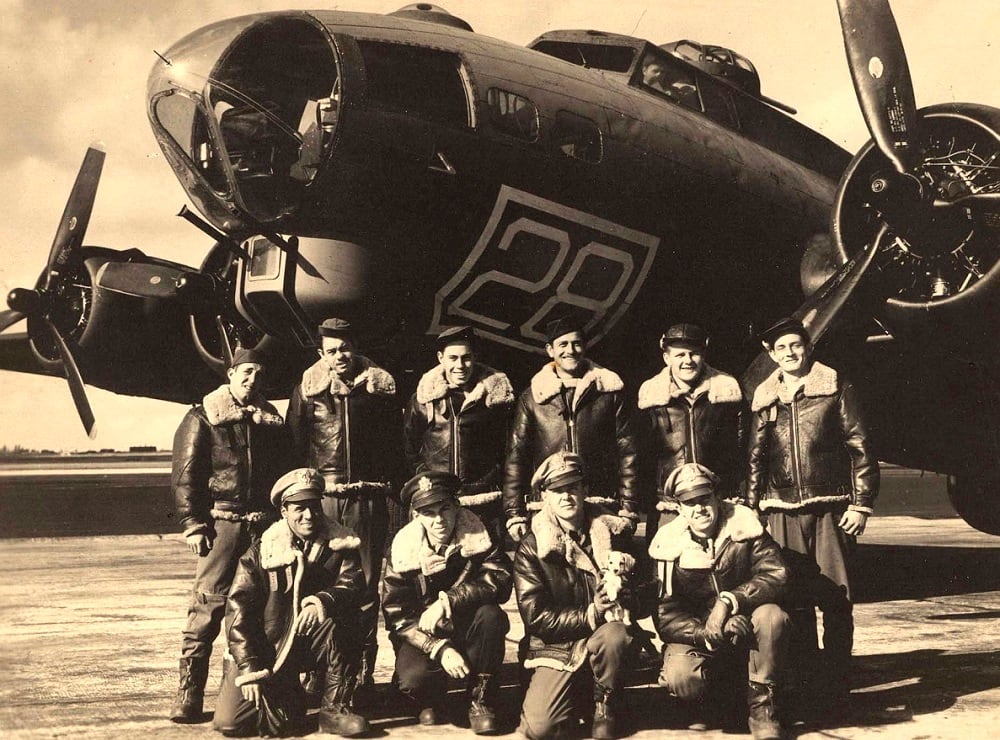
In January, BBC presenter Dan Walker chanced upon Foulds tending the memorial, as he does some 260 days a year, and took up his call for an aerial tribute. Walker started a Twitter campaign under the hashtag #gettonyaflypast.
On Friday, another group of hashtags were trending on Twitter: #TonyGotAFlypast, #RememberTheTen, and #sheffieldflypast.
"Tony has pretty much single-handedly spent the best part of seven decades ensuring the memorial in the park is kept up to standard, and ensured that the memory of the Mi Amigo and those brave crewmen is kept alive," said Lee Peace, a reporter at The Star newspaper in Sheffield. "Once people heard about the story, it just took off."
Also in the crowd Friday were several family members of the crewmen. Kriegshauser's nephew Jim and a relative of 2nd Lt. Melchor Hernandez, the crew's bombardier, sat beside Foulds and both stretched out a comforting hand as he repeated his remonstrations of guilt.
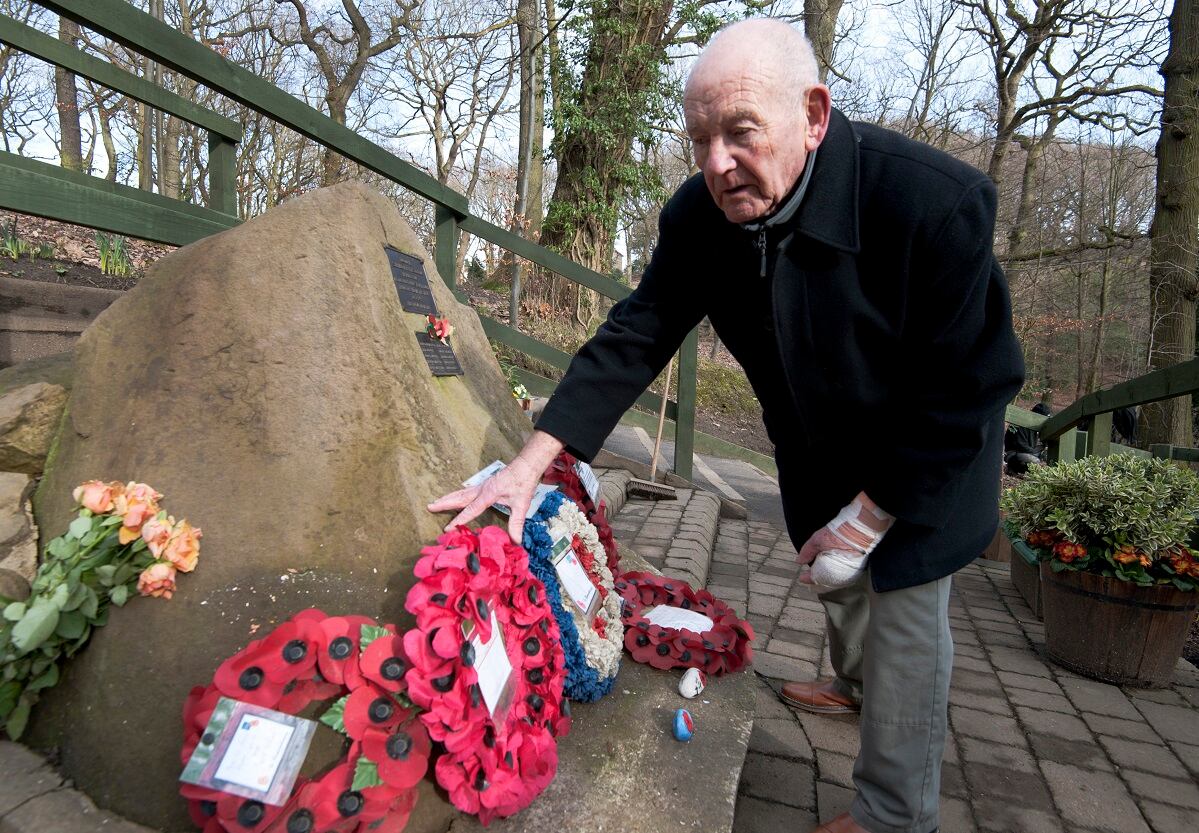
Hernandez's relative, Megan Leo, said he was the eldest of six children, a first-generation American whose parents came from Mexico. She said the story of his sacrifice had always been told in her family.
"I think for this story to now be capturing so many hearts, it just reminds me of how many other stories we don't know, of all the men who died back then and in the years after fighting for our countries and for peace," she told the BBC, as she thanked Foulds. "We've always remembered them, but to know that 6,000 miles away from my home there's a man who's dedicated his life to remembering them means so much. It's the most amazing thing."
As the jets roared into view, Foulds waved his arms over his head like a windshield wiper, hoping the pilots would see him.

Painted on the sides of the planes were the names of the crew, young men from every corner of America.
In addition to Kriegshauser and Hernandez, there were 2nd Lt. Lyle Curtis of Idaho Falls, the co-pilot; 2nd Lt. John W. Humphrey of Wyoming, Illinois, navigator; Staff Sgt. Robert Mayfield of Raymond, Illinois, radio operator; Sgt. Vito Ambrosio of Brooklyn, waist gunner; Staff Sgt. Harry Estabrooks of Mound Valley, Kansas, flight engineer and top turret gunner; Sgt. George M. Williams of Faxon, Oklahoma, waist gunner; Sgt. Charles Tuttle of Raceland, Kentucky, ball turret gunner; and Sgt. Maurice Robbins of Manor, Texas, rear gunner.
Even as his dream came true, Foulds refused to take credit for the fly-past, turning at one point to the crowd to say, “Thank you very much for coming, it’s lovely see you.”
The people roared. But he kept reminding everyone — just as he has always done — that the event was not to honor him.
"It's for them," he said.
And then, when the jets cleared the horizon, he left the cameras and went back to the memorial, anxious to be with the lads.
